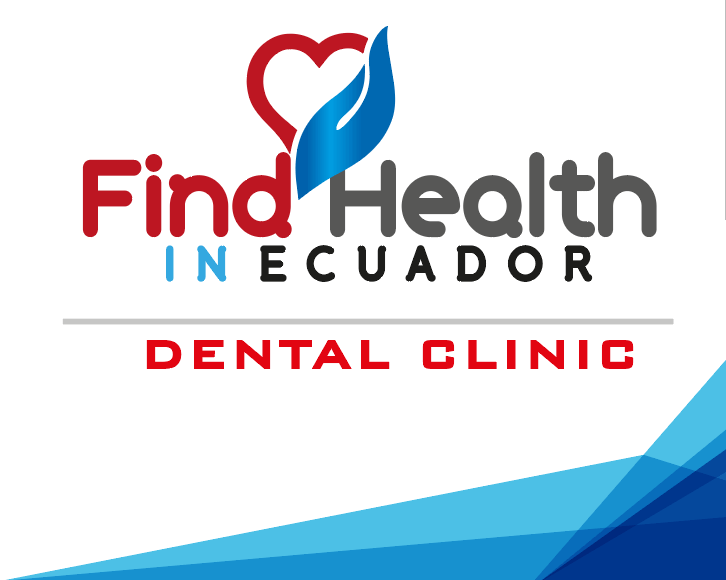Wading through false information during a pandemic
By Ramiro Crespo and Daniela Cordero

As the coronavirus spreads through Ecuador and the rest of Latin America, stories of the impact of the disease are also spreading worldwide through the media. Unfortunately, some of those stories are exaggerated, false, or actually manipulated by political forces outside of these countries.
On the ground sources are scarce, and stories placed “on the wire” are being circulated without hands-on verification. Case in point is a recent story in the Bangkok Post which said that as many as 800 bodies — deaths due to the coronavirus—were stacked upon each other in the streets of Guayaquil.
Local reports have proven that claim to be false. While there were some bodies left on the streets of the barrios in Guayaquil in the early days of the country’s quarantine, the national government stepped in within a matter of days and resolved the issues surrounding that situation. While the government admits that there were problems originally, they are now collecting between 100 to 150 bodies a day in the country’s financial center.
How many of those deaths are virus related and how many are due to other natural causes continues to be a point of contention. The difficulty in identifying the cause of death is due to a number of reasons. First and foremost, is that the manpower needed during a pandemic situation to take care of the living is overriding the ability of the healthcare system to perform autopsies on all of the bodies being collected. Second, is a lack of testing that continues to be a problem in the country.
Nonetheless, the government is trying to keep an accurate tally on those they can verify did in fact have symptoms of the virus before their death. One way they are doing this is by launching an online system that allows family members to report deaths, along with symptoms, in real time. First responders are using this tool to identify where retrieval is necessary. Public health forces are using the data to identify hot spots of infection. And families are using it to avoid waiting on the phone or in person to report a death.
Another “story” that is being circulated in Ecuador is that testing for the coronavirus is expensive and that people have to pay to be tested. This is not true. While there are limitations on the number of people being tested — due to a lack of tests and a backlog of test analysis in Guayaquil, Quito and Cuenca — individuals are not being forced to pay to be tested. People who are in the countries national healthcare system, known as IESS, can get the test done at no charge.
IESS is covering 100% of coronavirus testing and treatment costs. However, the coronavirus pandemic is overwhelming the IESS system and patients can expect to see long waits for those seeking testing or treatment.
Furthermore, for most people who had private health insurance plans prior to the pandemic reaching Ecuador, their insurance companies are also covering the cost of positive tests for their clients.The Ecuadorian government has given an order that all private health insurance providers must cover coronavirus related expenses, but to date there have been no official notices as to how these companies are responding to the requirement.
BMI medical insurance has let all of its policy holders know that they are covered for any diagnosed coronavirus related expenses under their normal plan allowances. Because the coronavirus is considered to be an infectious disease, any costs related to a diagnosed case of the coronavirus are covered for BMI’s clients; in these cases, policy waiting periods are waived (any tests and treatment must be done in a private hospital, not an IESS hospital).
As opposed to many countries around the globe, Ecuador has enforced strict social distancing guidelines since March 15th, 2020, and is starting to see the benefits of its strong restrictions. The government has announced a plan to slowly re-open the country based on localized situations. This prudent approach was developed around information provided by the World Health Organization, The Centers for Disease Control in the US, and local health experts. The government’s goal is to let its citizens health outweigh the financial impacts of the restrictions.
Only time will tell how the choices Ecuador has made will stack up against other approaches—for example Sweden’s approach of no restrictions with only social distancing guidelines.
However, the death rate in Ecuador currently appears to be much lower than in the small Nordic nation (roughly 5% versus 10% of infected patients). While these numbers are only best estimates due to a lower level of testing in Ecuador, it does appear now that Ecuador’s approach has been the right choice.

Daniela Cordero and Ramiro Crespo
Ramiro Crespo is a principal in Cuenca Expat Health Insurance which he opened with Daniela Cordero in October of 2018 in Cuenca, Ecuador. They are part of a larger company called Megabrokers (out of Quito, Ecuador) and have recently become the exclusive providers of BMI medical insurance plans for the expat market in Cuenca.
Contact information:
Website: cuencaexpathealthinsurance.com
Phone: +593-995-206-384
Email: info@cuencaexpathealthinsurance.com





















